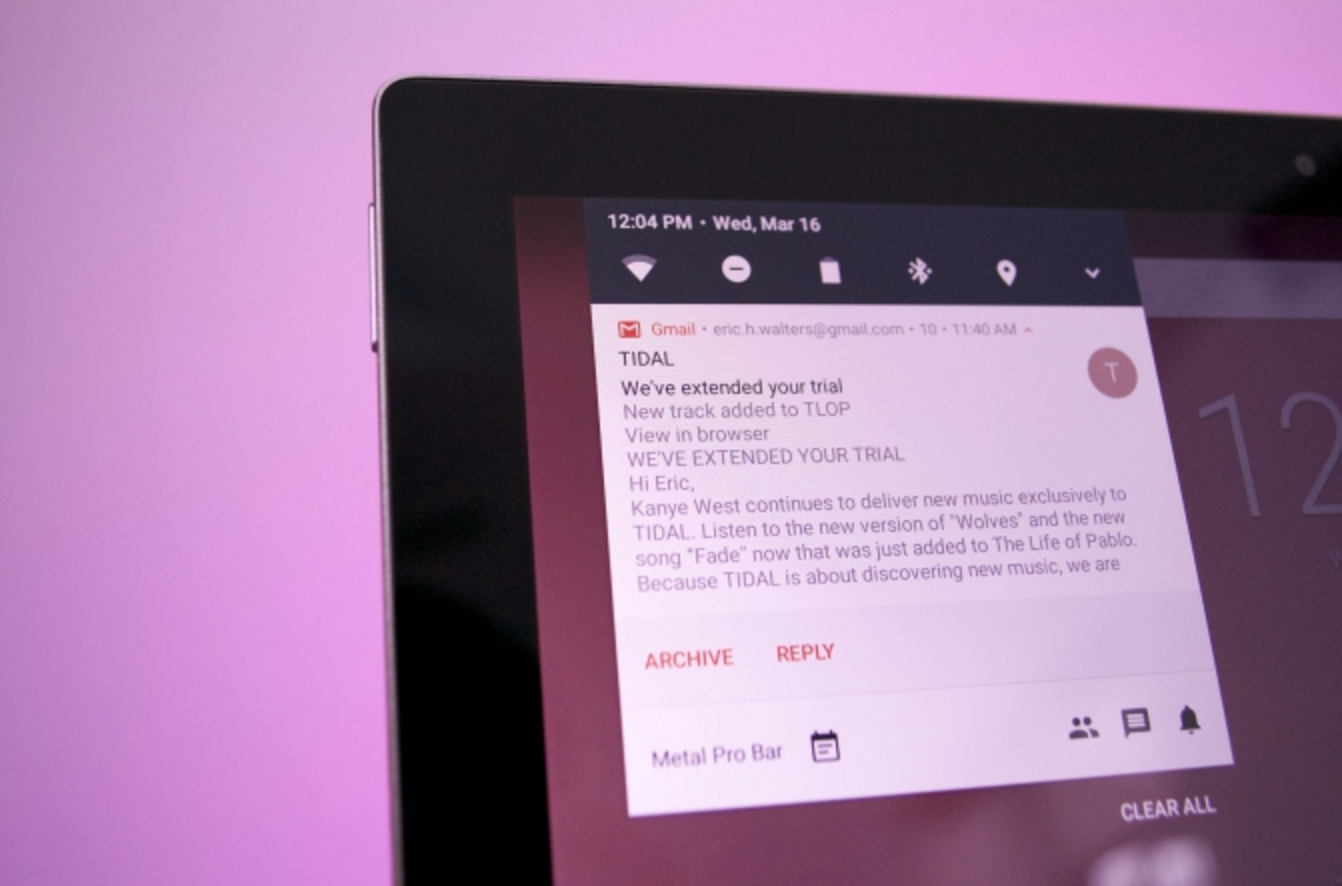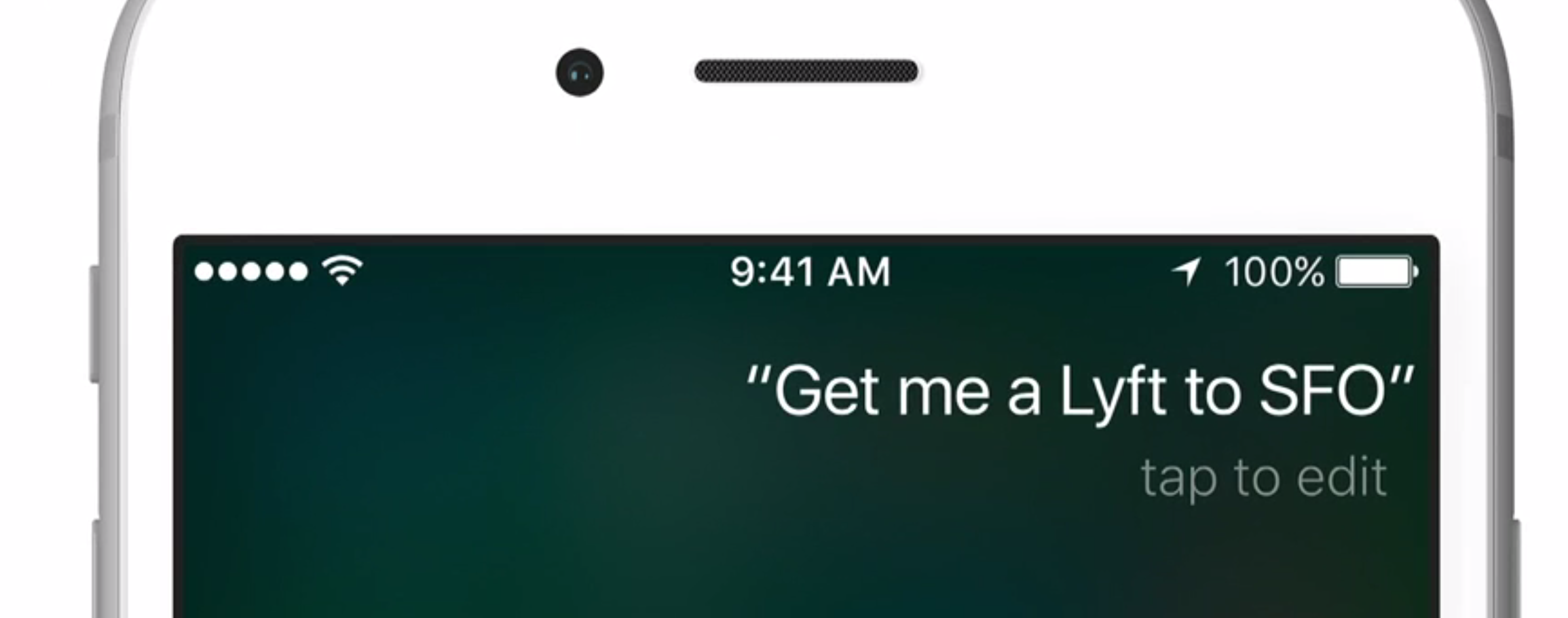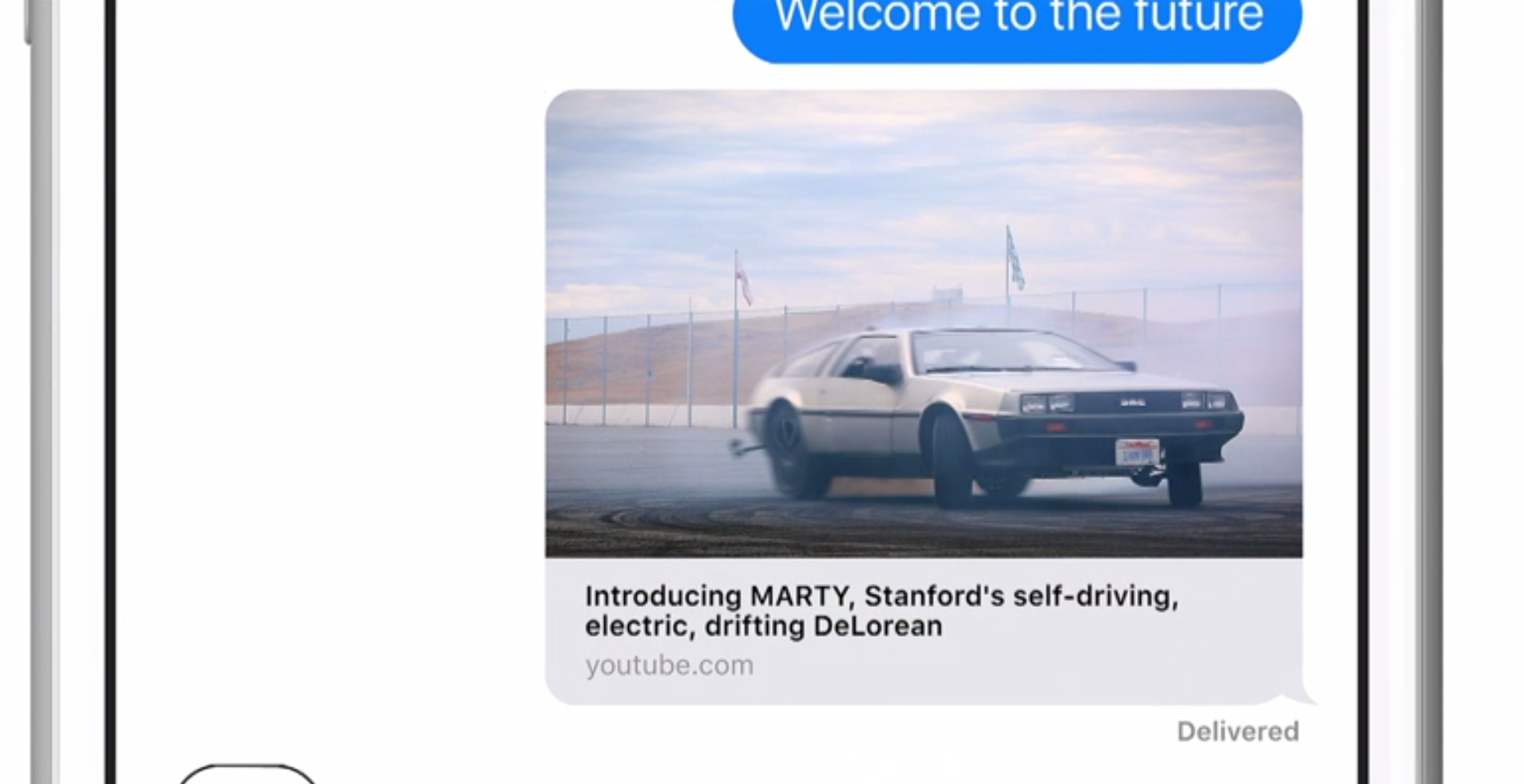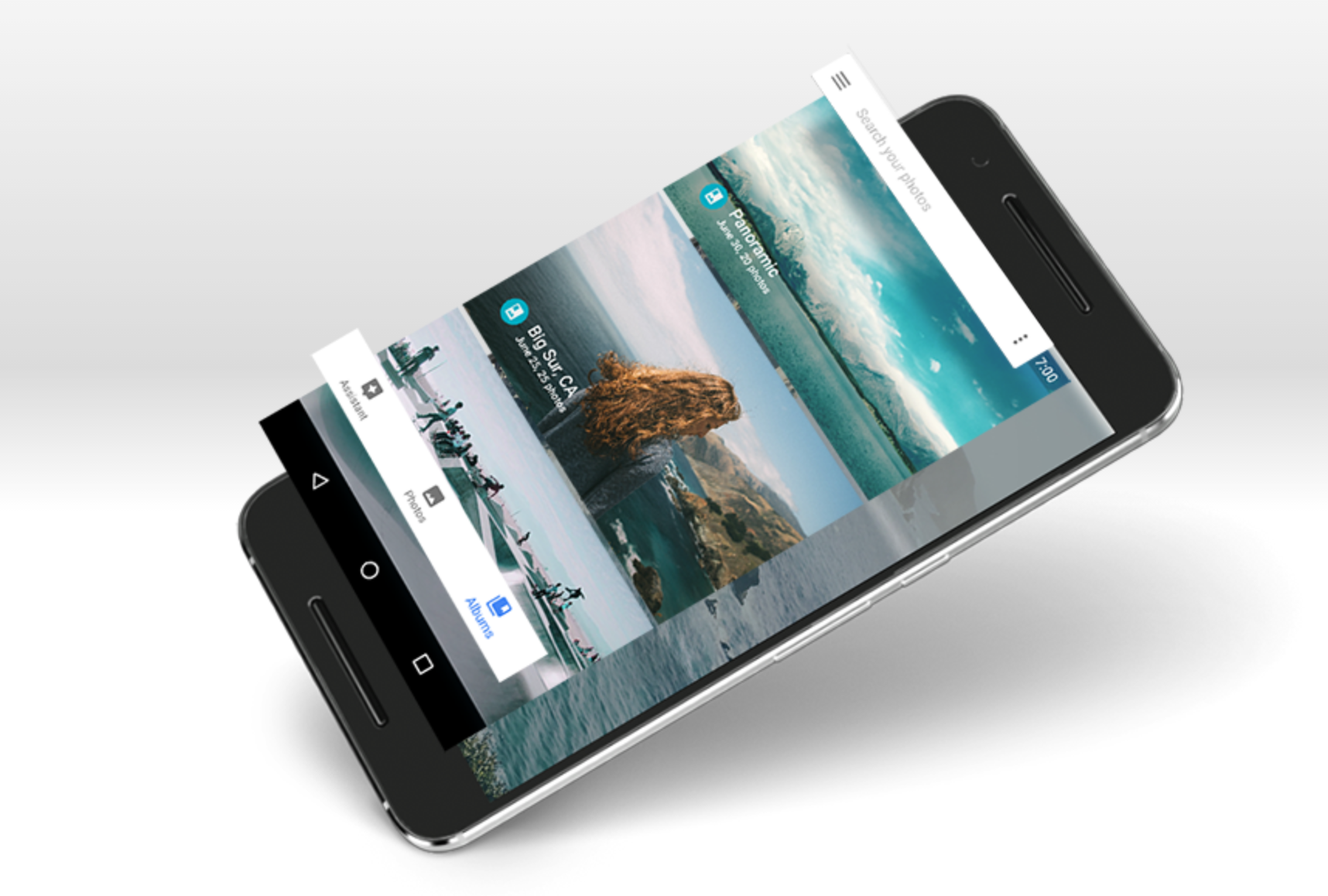Android Nougat vs. iOS 10: How Google and Apple’s New Software Fare Up
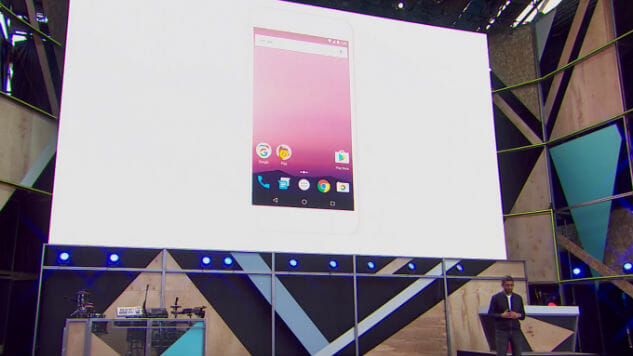
With previews of Google’s Android next-generation operating system and Apple’s iOS 10 already under way, there’s a lot to look forward to this fall. While Android Nougat and iOS 10 both promise spit and polish under the hood, new changes to the mobile OS mean that Android Nougat and iOS 10 are closer to each other than ever before, with features and design that mirror one another.
Here are five new features that you should look forward to this fall from Google and Apple, and the differing approach taken by Android and iOS 10.
1. New UI Experiences
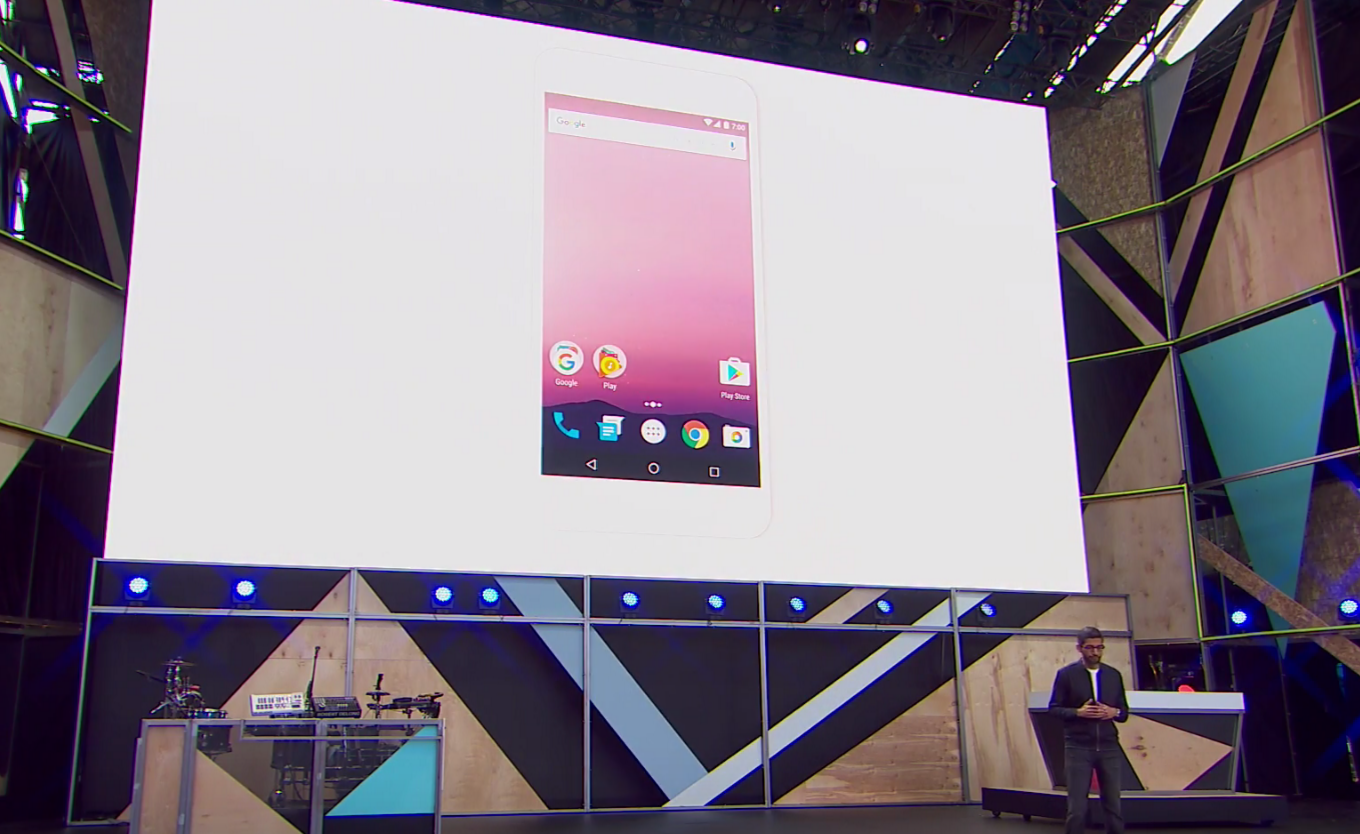
If Android or iOS on your phone is starting to feel stale, the new operating systems from Google and Apple are about to breathe new life into it. Even though Android Nougat and iOS 10 will likely debut on the oft-rumored iPhone 7 from Apple and Google’s highly anticipated Nexus 7 for Android fans this fall, the OSes will also introduce new ways for you to interact with your phone even if should you choose not to rush out and buy a new device.
With iOS 10, Apple is making it easy for you to glance at notifications and check the time with a new wake up feature. Just lift your iPhone up from a table or grab it out of your purse or pocket and your phone’s screen comes to life. The lock screen will display the clock, alerts and notifications without requiring you to press either the power or home button. The feature doesn’t go as far as always-on screens from LG, Microsoft, Motorola and Samsung, but it does the job.
And for the first time, Apple is supporting widgets on iOS. If you open the notification drawer, you’ll see the new rich notifications on iOS 10, but swipe right from that view and you’ll have widgets offering glanceable information. Apple is even opening up this widget experience to third-party developers.
Some big changes implemented by Google with Nougat include better battery life, support for VR and better multitasking capabilities.
Even though performance improvements and code optimization make Android Nougat faster to use, an improved Doze mode means that your handset will last longer throughout the day. Currently, on Marshmallow, Doze only works when your phone is stationary, but on Nougat, Doze will work whenever the screen is off. Android will automatically fine tune the system to minimize energy consumption whenever you’re not actively using your device.
Additionally, optimizations will help Android handsets take better advantage of resource-intensive VR viewing. This means that your phone won’t overheat as quickly or as much when you’re viewing VR content, allowing you to enjoy longer periods of immersive content.
Google has also improved multitasking with Nougat, bringing multi-window screen support to smartphones. The feature was previously limited to tablets, but now Android phones can natively run two apps side-by-side simultaneously.
-

-

-

-

-

-

-

-

-

-

-

-

-

-

-

-

-

-

-

-

-

-

-

-

-

-

-

-

-

-

-

-

-

-

-

-

-

-

-

-

